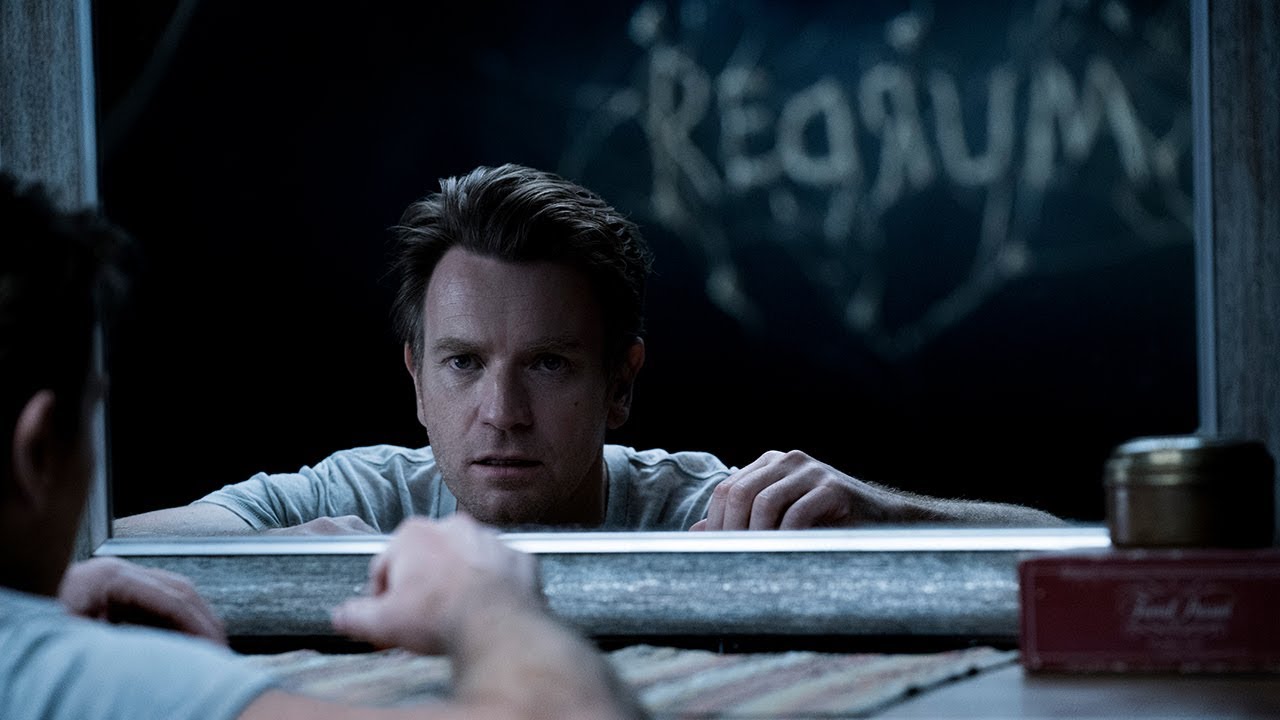Among the many cinematic adaptations of Stephen King’s literary works, Stanley Kubrick’s 1980 film adaptation of The Shining is perhaps the most iconic and celebrated. Despite King himself apparently hating Kubrick’s take on the haunted, psychic-feeding Overlook Hotel and its unlucky inhabitants, the Torrance family, The Shining has gone on to become one of the most frequently studied and referenced horror/suspense movies in history, being rife with symbolism and allegories that range from spousal abuse to lost masculinity to Indigenous oppression to mental illness to writer’s block to alcoholism, and much more! It’s the kind of movie that keeps on giving, providing new and interesting hooks and debates to discover with every viewing, even in deviating so considerably from the source novel in several places. Some may even argue that Kubrick’s take on the story managed to say even more than King’s initially did!
That certainly presents some big shoes to fill for King’s 2013 follow-up novel to The Shining, Doctor Sleep, a rare sequel effort from the acclaimed author, which continues the story of the original 1977 prose version of The Shining, now centered around an adult Danny Torrance in the modern era. Considering the enthusiastic following surrounding Stanley Kubrick’s classic film adaptation of The Shining as well, it was only a matter of time before Warner Bros. also snapped up the rights to Doctor Sleep, predictably re-positioning its own cinematic adaptation to follow Kubrick’s version of The Shining, rather than King’s. Once again picking up with an adult Danny Torrance in the present day, Doctor Sleep’s film adaptation thus aims to take on the impossible task of following up Kubrick’s The Shining almost forty years later, a doomed mission that was obviously bound to fail.
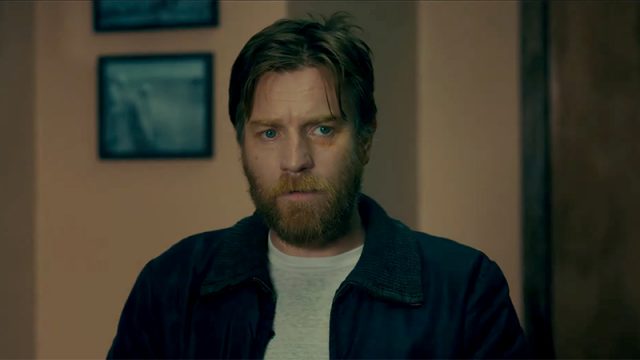
The thing is though, when Doctor Sleep isn’t trying to emulate or call back to The Shining, it’s actually a pretty solid movie. It’s certainly spookier and more memorable than It: Chapter Two and this year’s Pet Sematary remake, that’s for sure! When Doctor Sleep does have to acknowledge its being a sequel to Kubrick’s The Shining however, the movie predictably falls flat, naturally stumbling amid the impossible job of trying to replicate The Shining’s sublime blend of thematic layers and unrelenting environmental tension. By contrast, Doctor Sleep almost seems to want to over-correct a frequent criticism from those who don’t care for Kubrick’s The Shining, namely that the setting is the real star, and the characters don’t ever truly feel like real people. When it sticks to its more character-driven direction, Doctor Sleep stands as one of the better Stephen King adaptations to hit the big screen too, though it’s also a movie that sometimes struggles from trying to be something it’s not, simply because it’s obligated to follow a canonical predecessor that otherwise has very little to do with this sequel’s narrative direction.
Ewan McGregor beautifully ties together Doctor Sleep with his sharp lead performance as Dan Torrance, the now-sole survivor of the Overlook Hotel’s 1980 psychic invasion effort in The Shining. Despite being a sequel, albeit a long-delayed one, Doctor Sleep branches significantly from the character direction often presented in Kubrick’s version of The Shining especially, now focusing inward on Dan’s character, rather than outward on the harrowing circumstances that surround him. This does provide a more character-rich piece than even Kubrick’s The Shining sometimes managed to deliver, and McGregor’s tormented, drunk and directionless Dan is indeed a huge draw here, with Dan now being a tortured and reluctant hero who, despite his best efforts, eventually finds himself drawn back into the twisted world that he formerly found himself running afoul of as a child at the Overlook Hotel.
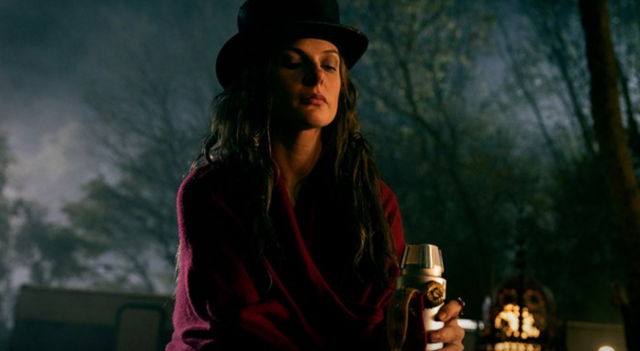
The vast majority of Doctor Sleep is told from Dan’s perspective, despite similarly good supporting performances from Cliff Curtis as Dan’s only friend, Billy Freeman, and Kyliegh Curran as Abra Stone, a young Shining-powered girl who eventually ends up inadvertently connected to Dan, once they both end up pursued by the movie’s villains. Said villains come in the form of the True Knot, a group of seemingly ageless cultists that feed on psychic energy, of which Dan and Abra are positively overflowing with. Rebecca Ferguson also serves as an easy performance highlight in Doctor Sleep, on this note, delivering a surprisingly menacing, yet undeniably charismatic villain portrayal in Rose the Hat, the True Knot’s innocent-looking, yet highly powerful and dangerous leader, who has taken it upon herself to look after her people at any cost, even if it means torturing and murdering psychic children.
Kubrick’s The Shining almost frustratingly refused to let the viewer in, delivering its humanity through implications and examinations, rather than outright spelling it out. Since Doctor Sleep takes the opposite approach however, placing characters in the forefront in lieu of a more memorable setting like the Overlook Hotel, the performances of McGregor and Ferguson especially are required to craft truly memorable and effective dread, which they do manage to do to strong effect. Whereas The Shining took place in a singular, claustrophobic setting that almost appeared to slowly squeeze the viewer the more they watched it, Doctor Sleep instead expands the scope and lore of Kubrick’s Shining universe, with a more human leaning. In fact, Doctor Sleep almost feels like the kind of comic book movie that Stephen King would deliver if he was in that business, one that unites extraordinary people of varying moralities in a shared effort to secure the future of their unique world, even if it means stealing the future from its rightful owners.
Doctor Sleep takes place almost in real time, nearly four decades after the events of The Shining, with surviving Torrance family child, Danny Torrance (who goes by, “Dan” in adulthood), now a drifting, alcoholic adult in his 40’s, still struggling to escape the legacy of his psychic abilities, along with his traumatic experiences at the Overlook Hotel. Dan’s aimless wandering eventually takes him to New Hampshire (another rare instance where Stephen King characters operate outside of Maine, much like the previous The Shining), where he ends up befriending a kindly childrens’ ride engineer, Billy Freeman, played by Cliff Curtis. After Billy gives Dan a job and a place to live, Dan soon after starts receiving mysterious psychic messages via blackboard from a young girl named Abra, who also has a strong ability to wield The Shining. This sets up a mystery wherein Dan and Abra both run afoul of the movie’s villains, the True Knot, a band of quasi-immortal serial killers who feed on ‘steam’, the psychic essence that exudes from Shining-powered children when they die in agony.
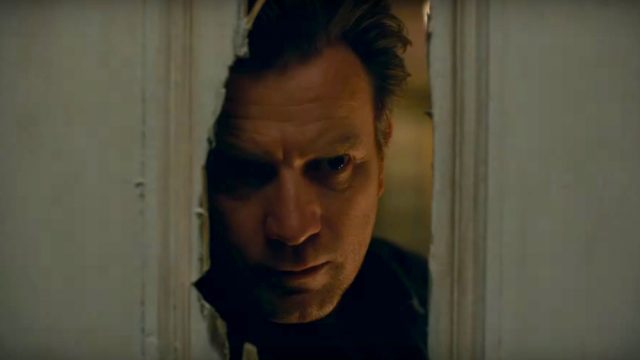
Doctor Sleep beautifully immerses you in its world, particularly excelling when it’s allowed to go all in on Dan’s psychological struggles, most notably his efforts to reconcile the ideas of death and inevitability. There are a few contemplative character themes layered throughout Doctor Sleep as well, even if both the novel and film versions of The Shining still feel like they ultimately had more to say in the end. Doctor Sleep’s examinations of themes like death, futility, fatalism, and exploitation (particularly with symbolism related to the Baby Boomer squeeze on Millennials and Gen-Z), still ring true and are presented well though, especially when this film adaptation makes a commendable effort to mostly follow the progression of its source novel. The problem however is that it almost does this too well at times, with Doctor Sleep wanting to bring in some leftover story elements that were ultimately cut from Kubrick’s adaptation of The Shining, while also stuffing in callbacks to Kubrick’s movie that leave viewers confused about which end of the Shining fandom that Doctor Sleep is truly trying to appeal to.
Another problem with some of the otherwise solid storytelling in Doctor Sleep is that the movie’s pacing can be a little problematic at times. The early stretches are just fine, effectively soaking audiences in the rich, uneasy atmosphere related to both the considerably disturbed adult Danny, and the real villains operating within The True Knot. In the later reaches especially though, Doctor Sleep loses itself in too much meandering fan service directed at both sides of The Shining’s metaphorical aisle, more or less abandoning its thematic examinations in favour of simply trying to curry the favour of people who are expecting something like The Shining, but obviously won’t get something like The Shining here, at least not for the most part. This indecision between new material and old material also leads to Doctor Sleep being far too long in the end, stretching itself almost a half-hour longer than Kubrick’s The Shining, which is way too excessive. At least 20 minutes needed to be chopped out of Doctor Sleep’s latter half, especially when the movie’s otherwise solid narrative really seems to lose focus around that point.
Doctor Sleep is directed by Mike Flanagan, a dark horse horror movie director who has helmed some pretty great surprise hits in the genre in recent years, including Ouija: Origin of Evil and Gerald’s Game, as well as Netflix’s excellent The Haunting of Hill House series. Flanagan takes on his biggest project to date with Doctor Sleep as well, a movie that he mostly directs very well, despite its increased scope. Doctor Sleep nonetheless represents Flanagan having to get his feet wet with a more mainstream blockbuster horror film though, so inevitably, he does run into a few snags in trying to take on a bigger production than he’s used to, even though it’s certainly not enough to fully detract from one’s enjoyment of this sequel.
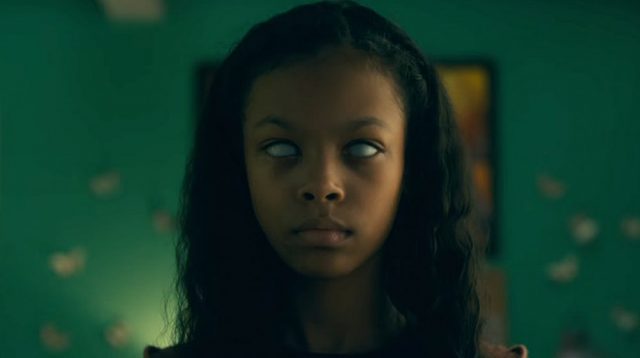
As with the writing, when Flanagan isn’t bound by trying to pander to either fans of Kubrick’s take on The Shining, or Stephen King fans in general, he tends to deliver his best directing work. He’s a helmer who clearly seems to thrive most when there are no expectations placed upon him, enabling him to deliver risky, but surprisingly novel and effective subversions on horror tropes that many genre fans have come to enjoy. When Flanagan is shackled by the legacy of Kubrick’s classic movie or Stephen King’s massive library of spine-tinglers however, his skills don’t translate quite as smoothly. Instead, these forced moments leave Doctor Sleep feeling too much like an imitation of other, better productions and stories, lacking the surprise and novelty that the rest of Flanagan’s direction thrives within.
Fortunately, Flanagan’s direction still hits more often than it misses here, even if the Shining-worshiping climax of Doctor Sleep in particular ends up stalling a big chunk of the sequel’s momentum. Outside of these handful of annoyances though, Flanagan directs the hell out of Doctor Sleep’s characters and set design, creating a movie that’s positively dripping with atmosphere. In fact, the atmosphere and presentation in Doctor Sleep is something that comes particularly close to matching the amazing final product of The Shining, bringing the pages of the Doctor Sleep novel leaping to moody and spooky life in this dimly-tinted, yet well-polished big screen adaptation. This movie may be glossier than most of the productions that Flanagan is used to, but he still manages to prove that he can hold his own in the blockbuster horror space, even if he’d probably do even better with a fully original project.
Among the many surface-level accomplishments delivered by Kubrick’s The Shining, the score was easily one of the highest among them. Combining several unsettling and virtually alien styles, The Shining’s musical score stood firmly apart due to how brilliantly it put viewers on edge, while immersing them in a haunting location that consistently keeps audiences on their toes. Doctor Sleep aims to capture a similar musical style, courtesy of The Newton Brothers in this case, who have collaborated with director, Mike Flanagan several times beforehand, on top of scoring another Stephen King movie adaptation recently, that being Netflix’s Gerald’s Game, which Flanagan also directed. The Newton Brothers clearly have the same reverence for Kubrick’s The Shining that Flanagan does too, delivering a nicely spooky and unsettling score with a more sinister and human flavour, since it can no longer rely on the majority of the movie taking place in one location. It’s not quite on the level of The Shining’s score, but it’s a strong musical effort nonetheless, nicely echoing the feel of the music from The Shining, while putting a bit more of a slasher-style spin on the compositions, which fits the altered story direction of Doctor Sleep pretty well.
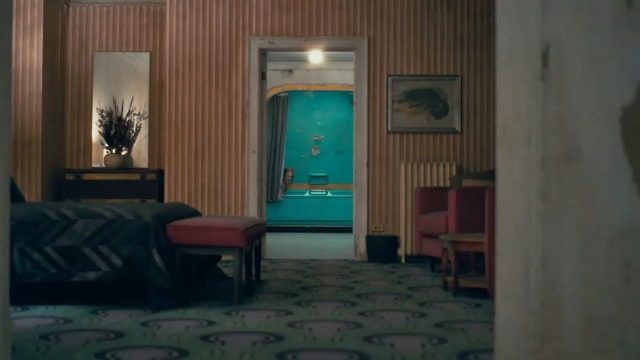
The rest of the sound mixing in Doctor Sleep is also pretty sublime, allowing it to more than earn its stripes as a horror movie, albeit one still based heavily in the slow, suspenseful progression sensibilities of The Shining. The sound design remains very alien and uncomfortable in its execution throughout Doctor Sleep, bolstered further by the unpredictable psychic whims of the Shining-fueled characters, which often defy the confines of reality in order to keep tabs on each other, or find their next victim, depending on which personalities are involved. While the visual suite of Doctor Sleep can sometimes fall victim to trying too hard to emulate The Shining, the movie’s sound design is nonetheless working overtime to craft its own uncomfortable sense of atmosphere, shouldering the bulk of novelty and engagement throughout the new batch of scares and dread.
Doctor Sleep doesn’t have a massive budget behind it (horror rarely does, after all), but it’s packing more funding than many productions in the genre, and as such, it carries a little bit more visual punch than your run-of-the-mill horror movie. The shady cinematography is particularly noteworthy, further enhancing the atmosphere, even with so many interesting visual flourishes made throughout a movie that’s full of psychic characters. There’s some clever and unpredictable visual engagement throughout the characters’ mental duels and interactions too, creating a reality that can effectively feel both crushingly real and fleetingly surreal, whenever the situation calls for it. A few of the effects look a little more basic, particularly the ‘glowy eyes’ effects that signify characters being enriched by The Shining’s ‘steam’, but there’s still some impressive CGI here and there, even if said CGI can range quite a bit in quality at times.

Speaking of ranging in quality, this uneven visual feel once again becomes a focus when Doctor Sleep tries to emulate visual stings and flourishes from Kubrick’s The Shining, practically unaltered. This is something that Doctor Sleep just flat out fails to do properly, recycling several iconic scares and archive footage from the original film adaptation of The Shining, which doesn’t feel effectively scary (even considering a few rather cheap and irritating jump scares that incorporate it), and only serves to remind you of a better movie. This is especially noticeable when the movie has to try and incorporate lookalikes for Jack and Wendy Torrance, Danny’s late parents (though Carl Lumbly is the exception, succeeding the late Scatman Crothers as a surprisingly lovable Dick Halloran), which merely draws attention to Doctor Sleep failing to properly imitate its 1980 predecessor, since there just is no replacing Jack Nicholson or Shelley Duvall. I get that this is a sequel operating within the same universe as Kubrick’s The Shining, but beyond the presence of Danny and the actual ‘Shining’ power, Doctor Sleep works a lot better when it’s just completely leaving The Shining alone, and instead working out its own interesting ways to creep out viewers.
Doctor Sleep can occasionally be a frustrating and plodding adaptation of Stephen King’s original The Shining sequel novel, but when this big screen adaptation gets things right, it really gets them right. As much as Doctor Sleep’s dependence on calling back to The Shining can sometimes be a millstone around its neck, especially toward the climax, this is nonetheless a confident and well-produced adaptation, one that effectively sucks viewers into its shifty world of psychic predators and prey, and thus brings the twisted world of the Overlook Hotel to a country-wide scale. Ewan McGregor and Rebecca Ferguson also deliver some especially standout performances as two of the Shining’s most skilled artists, who bring the dangers of psychic warfare from a haunted setting, to a collection of haunted people.
Like Kubrick’s adaptation of The Shining before it, Doctor Sleep is bound to elicit some mixed opinions from viewers, despite ironically having the opposite set of priorities as Kubrick’s previous 1980 classic. While Kubrick’s movie more or less intentionally ripped out key elements of Stephen King’s original novel, replacing them with a deliberately unfaithful, but equally ingenious series of new flourishes and themes, Flanagan’s decades-delayed sequel is instead actively terrified of not pleasing people on both extremes of Shining movie affinity, or lack thereof, which is why it sometimes feels thematically confused, and strangely lacking focus, even when it should be building up to a big finish.
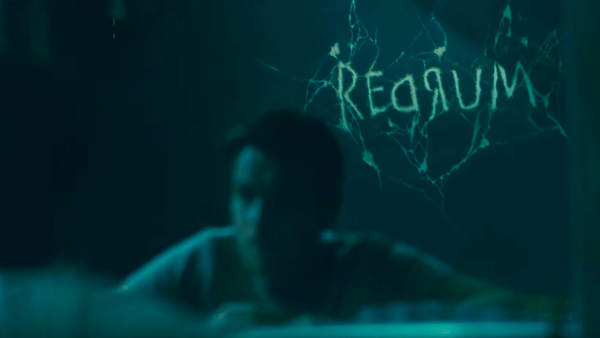
There’s a bit of narrative blue balls that prevents Doctor Sleep from sticking the landing in the end, but the engrossing and heavy atmosphere of supernatural and psychological horror throughout its progression is nonetheless worth the experience for horror/suspense fans, especially on the big screen. As much as Doctor Sleep wants to please fans of both Kubrick’s and King’s versions of The Shining however, it’s the former that feel more effectively catered to, despite the fact that this sequel felt doomed from the start to never fully achieve the same level of outstanding pedigree as its 1980 predecessor, despite its very commendable and valiant effort to try.

